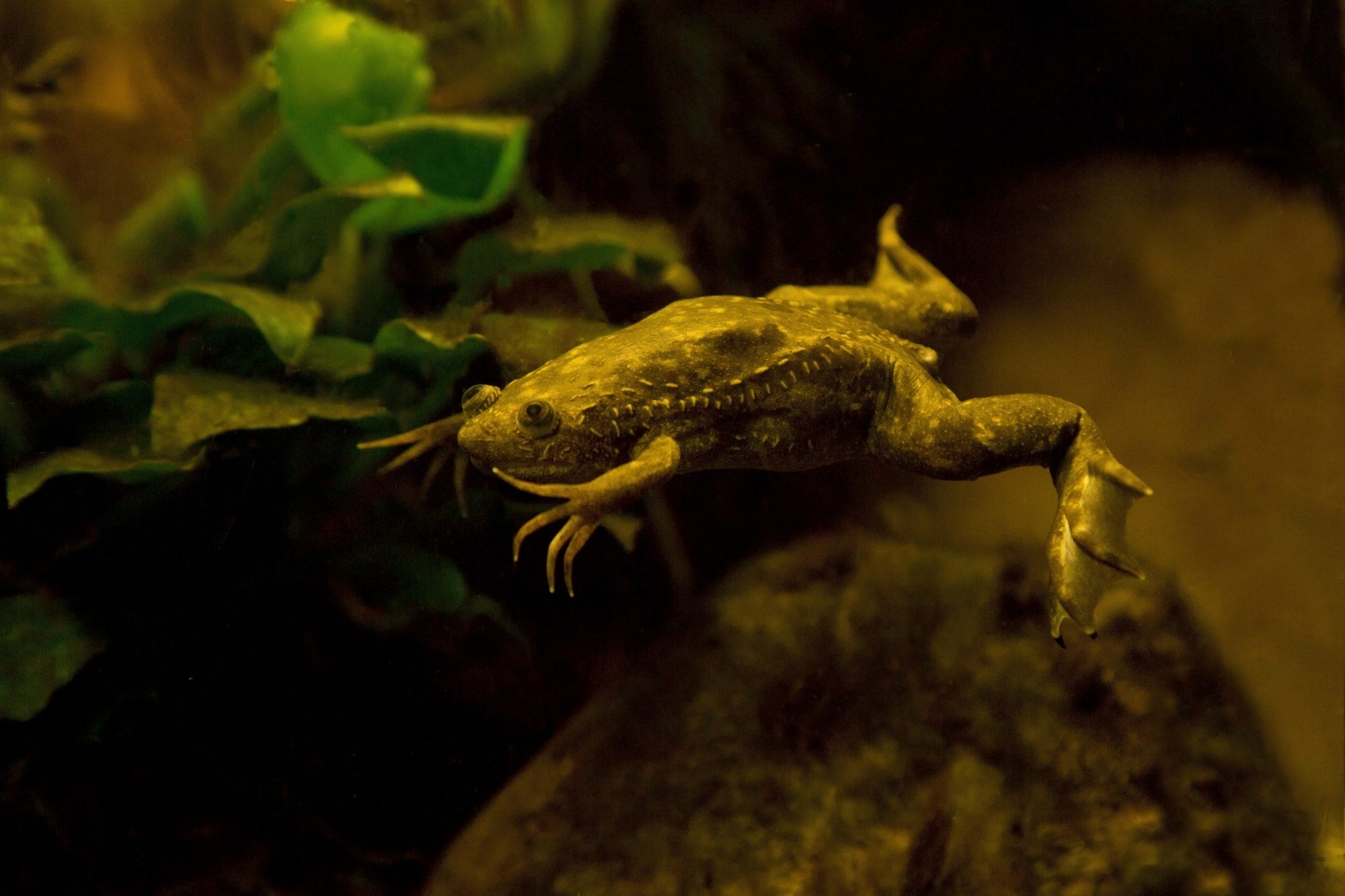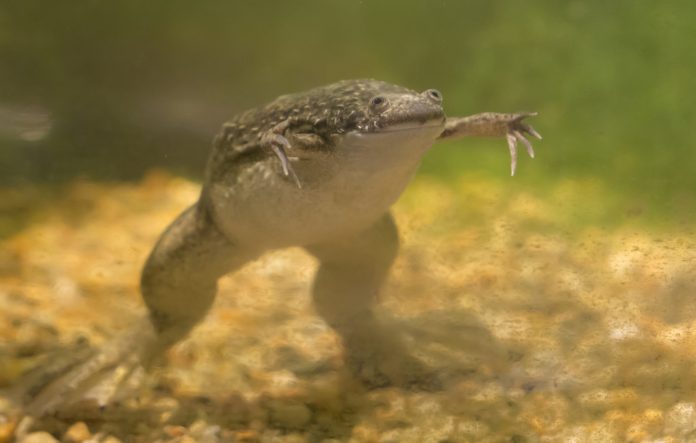Scientists have proven that African claw frogs can regrow limbs – could humans also have dormant regenerative capabilities?
Did you know that salamanders can regrow limbs?
They can do so, thanks to blastema cells. These cells allow for the almost instant mass formation of stem cells. It’s a relatively unique and fascinating trait!
Thanks to research by the Allen Discovery Centre at Tufts University, frogs can mirror this regenerative function. Not only will this help our beloved amphibians, but it could also work towards developing a treatment for humans that have lost limbs.
ABGI, a leading provider of support for R&D tax credits, has explored this innovative research breakthrough and its potential to improve healthcare.
How is science transforming the natural biology of frogs?
Science is transforming nature, one frog at a time. To make this a reality, scientists amputated and treated 115 adult African claw frogs with multiple drugs designed to ease inflammation, halt collagen production (to avoid scarring) and encourage the growth of nerve fibres, blood vessels and muscle.
The drugs were then placed into a wearable dome called a BioDome, which was sealed over the frog’s stump for 24 hours. The regeneration process then began after the removal of the BioDome.
It took the amputated frogs 18 months to regrow their legs
The regeneration process doesn’t happen overnight. It took the amputated frogs 18 months to regrow their legs. This may seem like a long time, but when you consider that this included a bone structure and internal tissue that resembled the original frogs’ anatomies, it’s a reasonable timeframe. Even though the legs did not regrow impeccably – for example, there were no bones in the toes – the frogs could use them when swimming and moving.

How are regenerative drugs beneficial to humans?
Even a brief exposure to the treatment can trigger limb regeneration in frogs, which has led scientist Nirosha Murugan to believe that “other animals may have dormant regenerative capabilities that can be triggered into action”, possibly including humans.
There is a big difference between tissue regrowth and bone structure reproduction
Like frogs, humans and most other mammals have little to no regenerative abilities. We can regrow tissue to close a wound, suggesting that our bodies have some innate knowledge of how to regenerate flesh. But there is a big difference between tissue regrowth and bone structure reproduction.
However, with the development of the BioDome, there may be hope for humans yet. If both frogs and humans share similar abilities to develop scar tissue when cut, it is possible that BioDome would have a similar effect when tested on humans.
In fact, Michael Levin, director of the Allen Discovery Centre at Tufts University, has commented that they will be testing the treatment on mammals next: “It’s a strategy focused on triggering dormant, inherent anatomical patterning programmes, not micromanaging complex growth, since adult animals still have the information needed to make their body structures.”
We have a long way to go before regenerative medicine may be tested on humans. Nevertheless, the discovery that the BioDome enables frogs almost completely to regrow limbs is a huge leap for science. In time, people who lose limbs due to health conditions, such as diabetes and cancer, could be given a chance to reclaim their independence alongside prosthetics.











